The end of the school year is often known as prom season for many high schools in the United States. Prom, an iconic event for many teenagers, has been a tradition celebrated by students since the late 19th century. Short for “promenade,” proms are modeled after balls of high society and have evolved from semi-formal end-of-the-year dances to become a billion-dollar industry encompassing limousines, flowers, photography and special attire.
In 18th and 19th century Europe, women participated in aristocratic formal dances and balls that grew in popularity. This eventually traveled across the Atlantic as American universities adopted the tradition. Boys were encouraged to dress in their Sunday best, and women often wore dresses inherited from their mothers. However, these promenades were only for the graduates and their families to attend. Most of the time, women were not allowed to attend unless invited to attend by a male.
By the 1930s, the tradition of prom became a more casual custom. Proms were hosted by high schools for 16-18 year old students instead of 19-23 year old college students. These high school proms were often held in school gymnasiums and auditoriums, with themes that usually connected to the school’s colors or mascot.
During the 1940’s and 1950’s, proms became even more popular. Proms were no longer being held in school gymnasiums and were often held in local hotels and venues with ballrooms. Men’s attire became more formal as they wore tuxedos to impress the female students. Women accentuated their waists with the “bigger-the-better” length or tea length skirts. 1950s evening gowns were made of silk, lace, tulle and decorated with flowers, beads, and embroidery.
In addition to the new trends of the 1950’s prom scene, the 60s and 70s were the beginning of the most iconic looks. The full skirt of the ’60s and hourglass silhouette led to girls everywhere belting their prom dresses in the late ’60s and early ’70s. With the “Carrie” movie coming out in 1979, women took inspiration from the iconic baby pink silk dress. However, political unrest in the US caused many schools to cancel prom altogether in the late 60s.
The 80’s were the comebacks of the century regarding prom themes, attire, and influence. By the 80’s, attending prom made a comeback with popular themes from movies including “Pretty in Pink” and “Footloose.” The prom attire for women was all about layers of tulle and big sleeves. They went with bold colors, echoing Madonna. But the 1980s also saw a shift in the music that was played at prom. Instead of slow, romantic ballads, students wanted to dance to upbeat pop songs.
Senior Fern Shell has served on GCHS’s prom committee this year. Shell’s favorite decade of prom styles is the 1980s. She said, “I think prom in the 80’s was the most iconic decade because it feels like the start of fun themes.”
Lynn Fietcher, one of the faculty sponsors for GCHS’s prom, also loves prom in the 80s. Fiechter said, “I didn’t go to prom in the 80s, but I love looking at pictures of the ornate sequined dresses and the big hairdos frozen in place by a bottle of hairspray. I remember being a kid and seeing my older cousins’ prom pictures. They went all out with tuxes and dresses and hair and flowers.”
The 1990s were a time of grunge and alternative music, and prom reflected this change in culture. Boys ditched the suits and ties for flannel shirts and ripped jeans. Shoulders were being shown off the most with the off-the-shoulder and spaghetti strap, silky dress styles. These dresses often featured layers of tulle or chiffon, creating a princess-like effect when worn. The iconic styles of these dresses were inspired by movies like “10 things I hate about you” and “13 going on 30.” Satin dresses took over in the early 2000s, and decorative touches like bows and sashes disappeared. The full dress also disappeared as 2 piece dresses became popular. With the rise of social media and smartphones, students were able to capture every moment of prom and share it with the world.
Today, prom continues to evolve, especially in the amount of time that goes into planning the event. Fietcher explained, “We put so much time and effort into the planning, decor, and details of the night. We want prom to feel grand, special, and fun for our students. We aren’t afraid to spend money to make that happen. For our Roaring 20s theme last year, we had the most beautiful feather wall for pictures. This was far different than my experience. I’m pretty sure we decorated for my high school prom by draping garbage bags and streamers down the walls of the gym.”
Great Crossing will host prom on Saturday, April 13th, from 7:00 pm until 11:00 pm at the Alltech Arena at The Kentucky Horse Park, with the theme of 24K Magic. Tickets will be on sale for $35 during lunch blocks through April 10th. No tickets will be sold at the door.

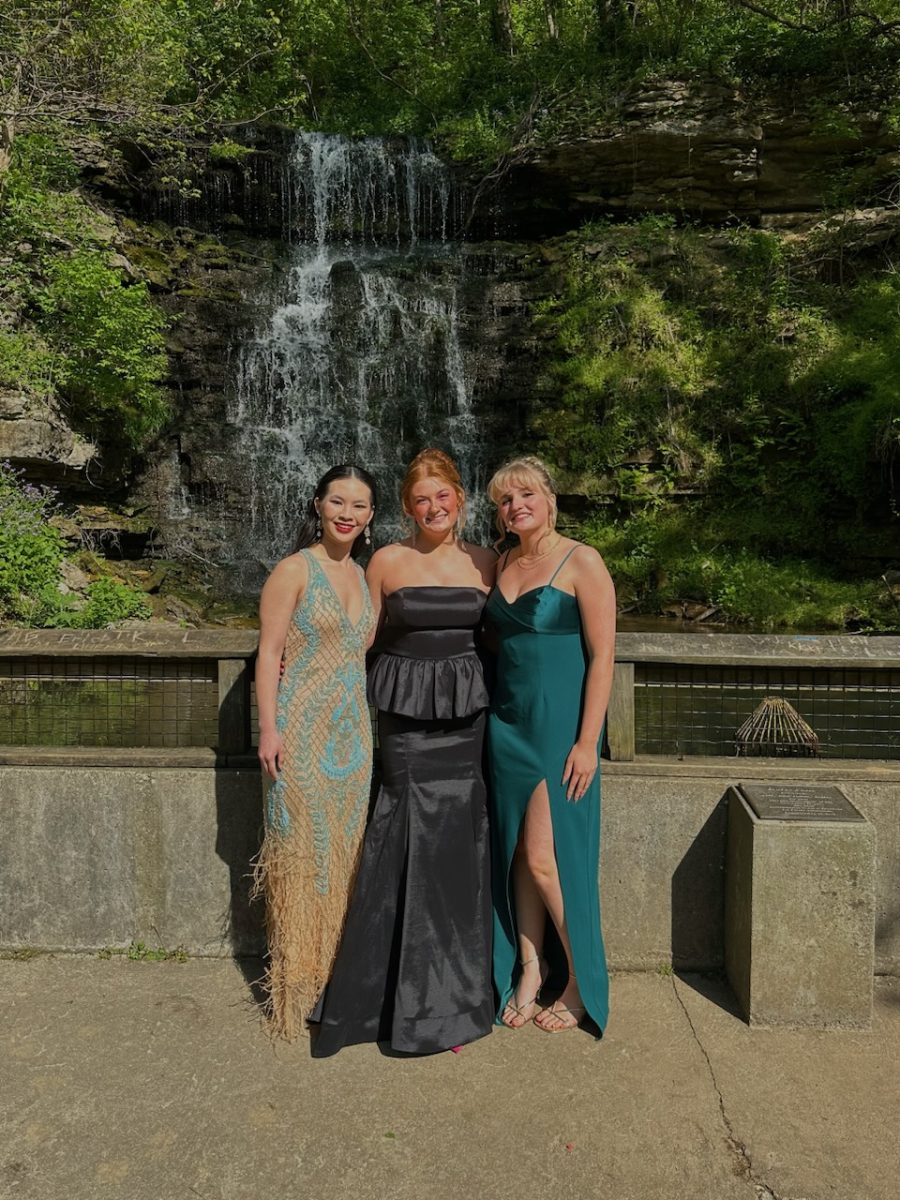

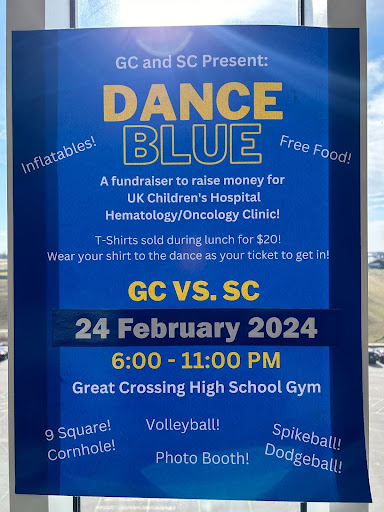



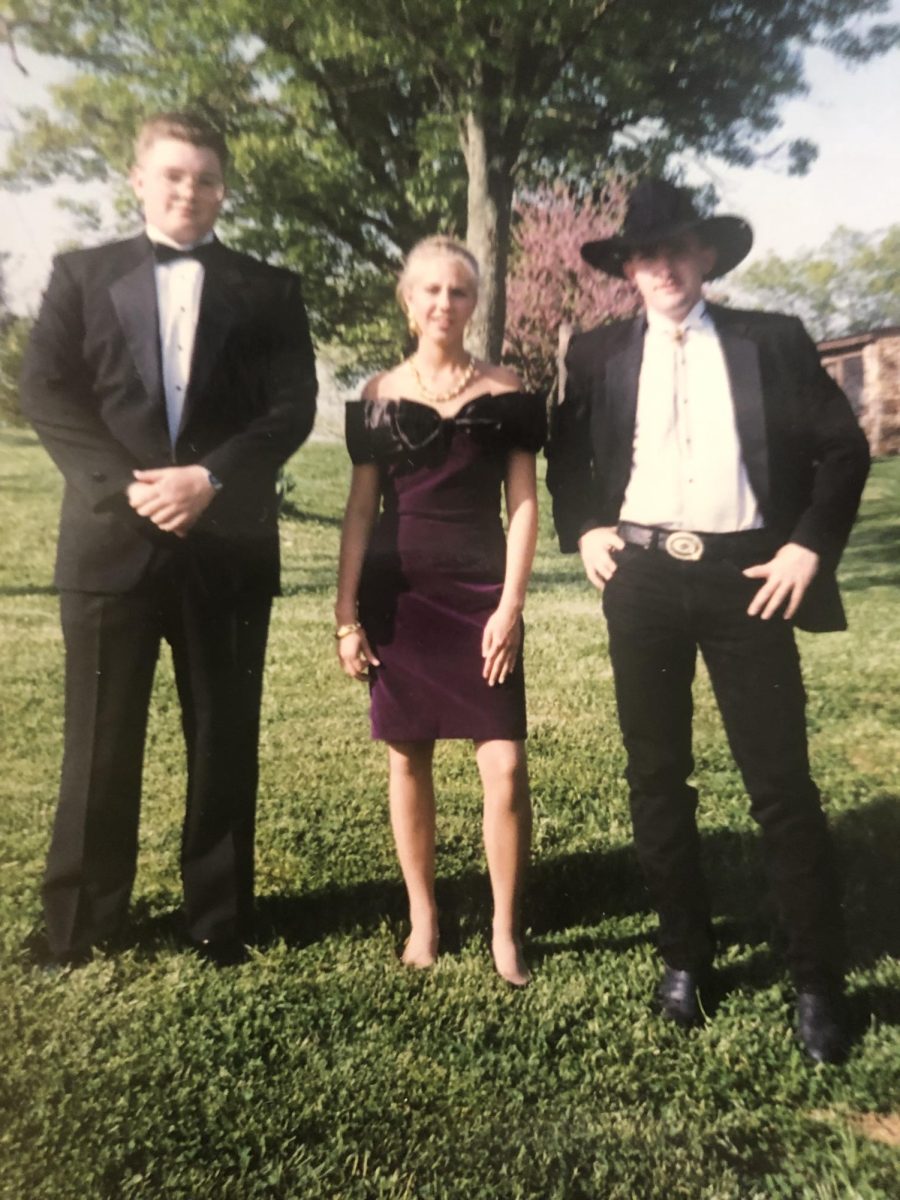


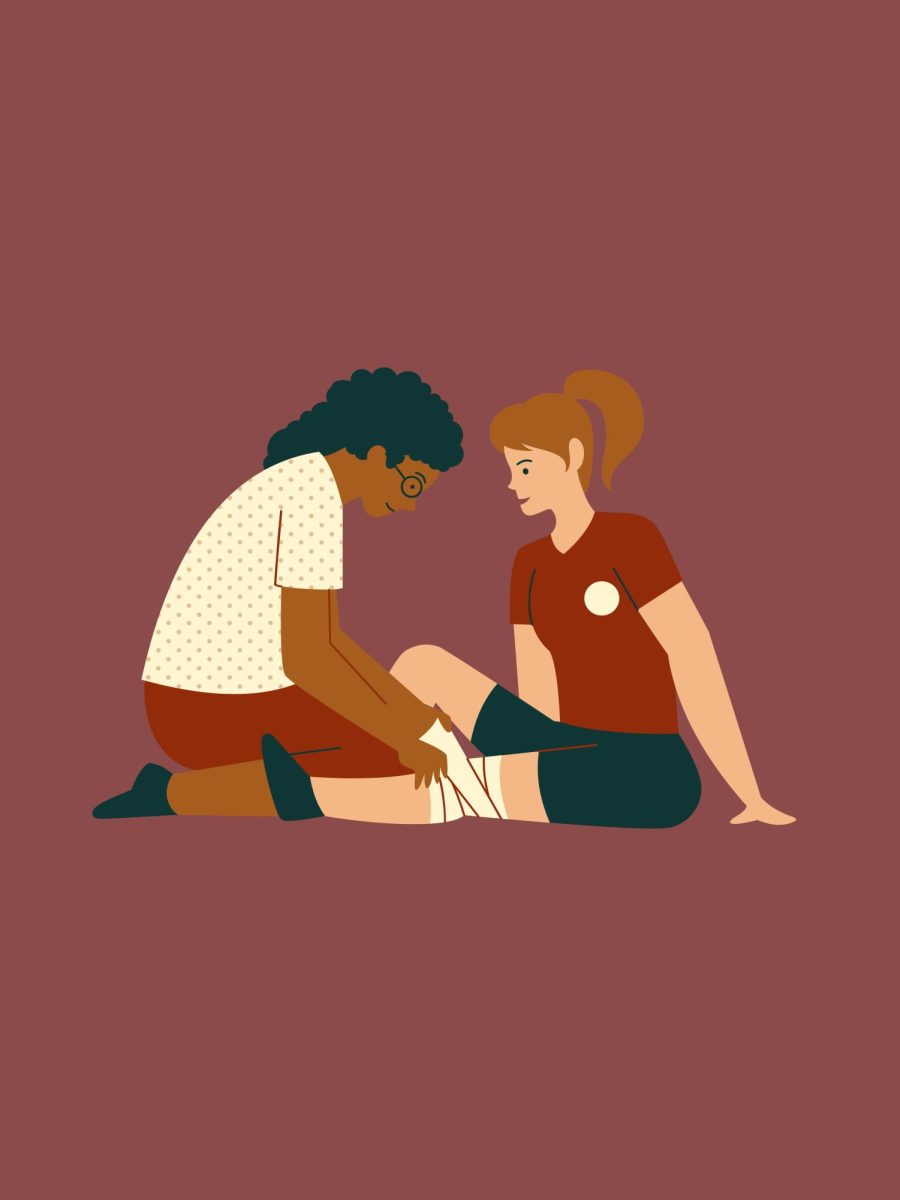
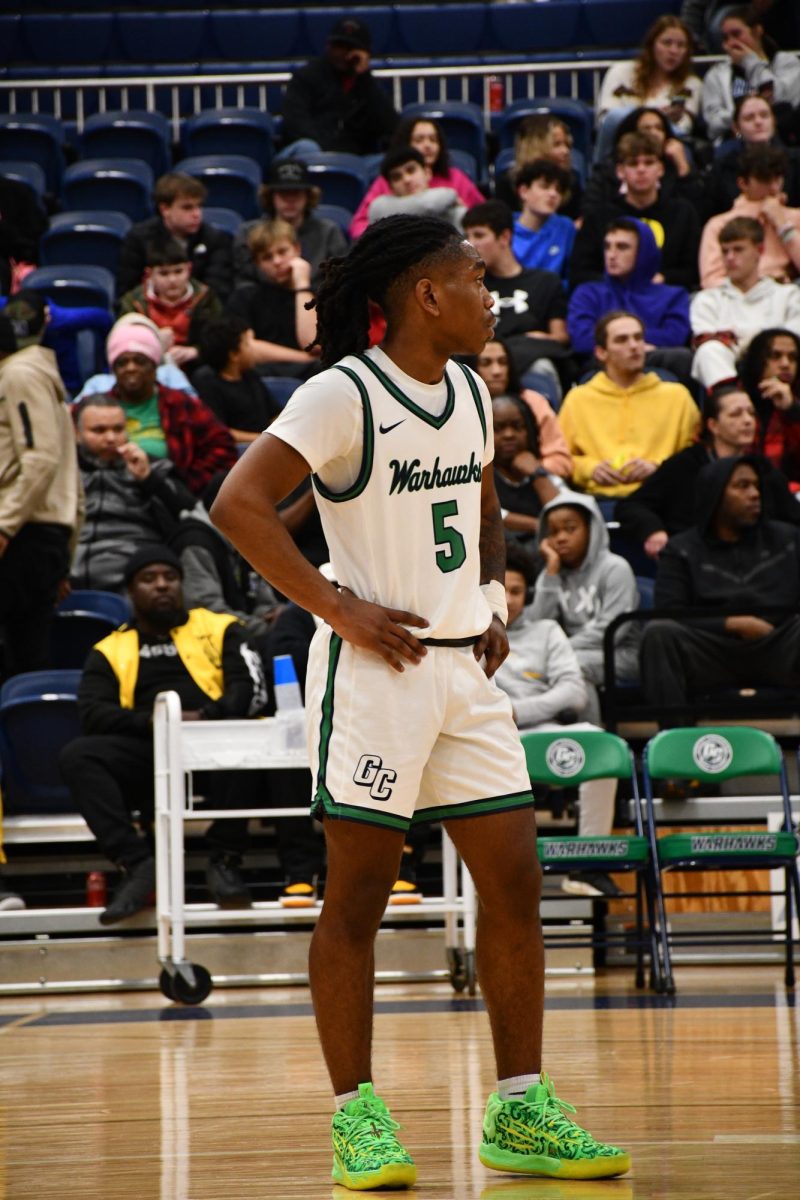
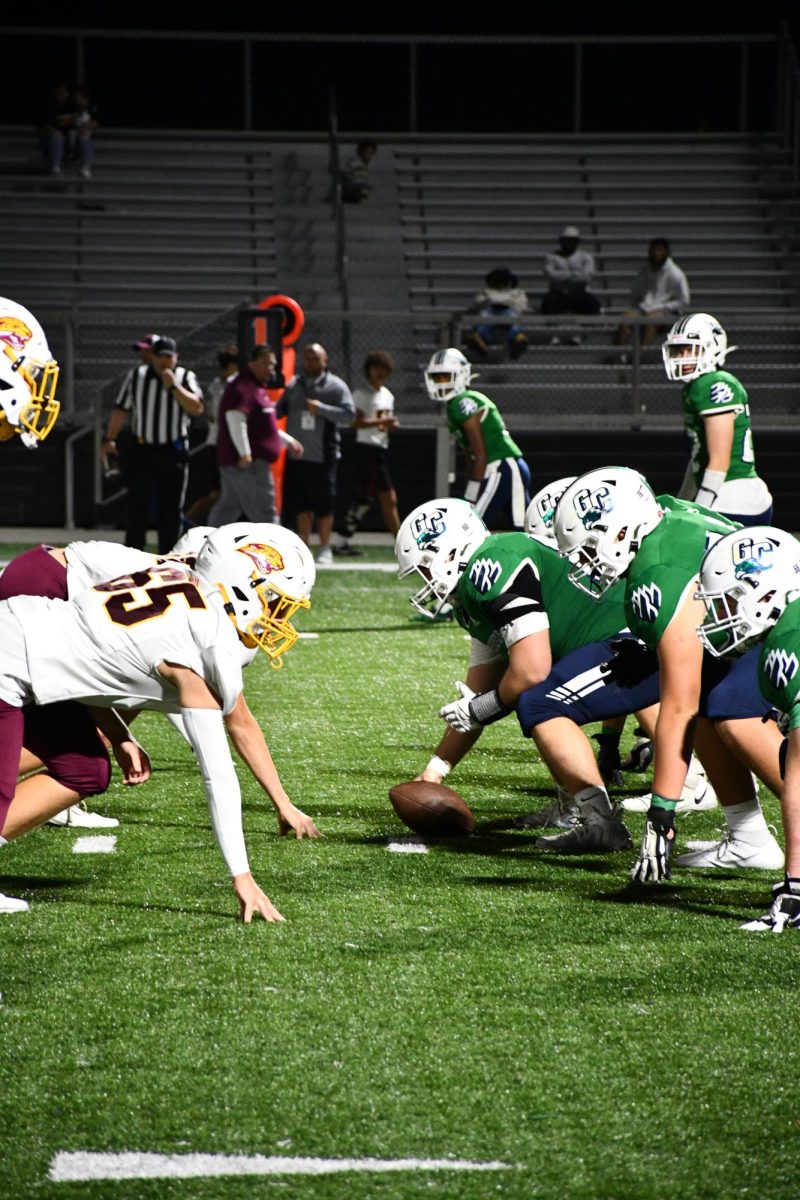
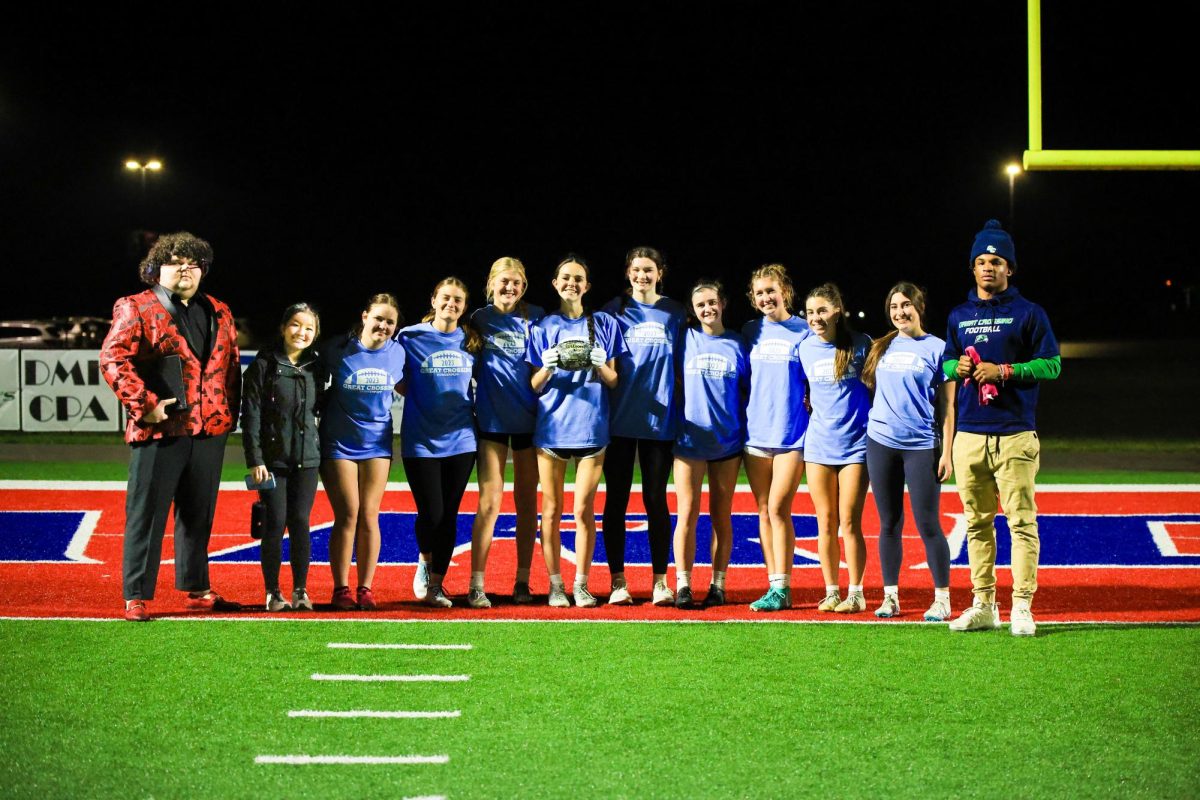
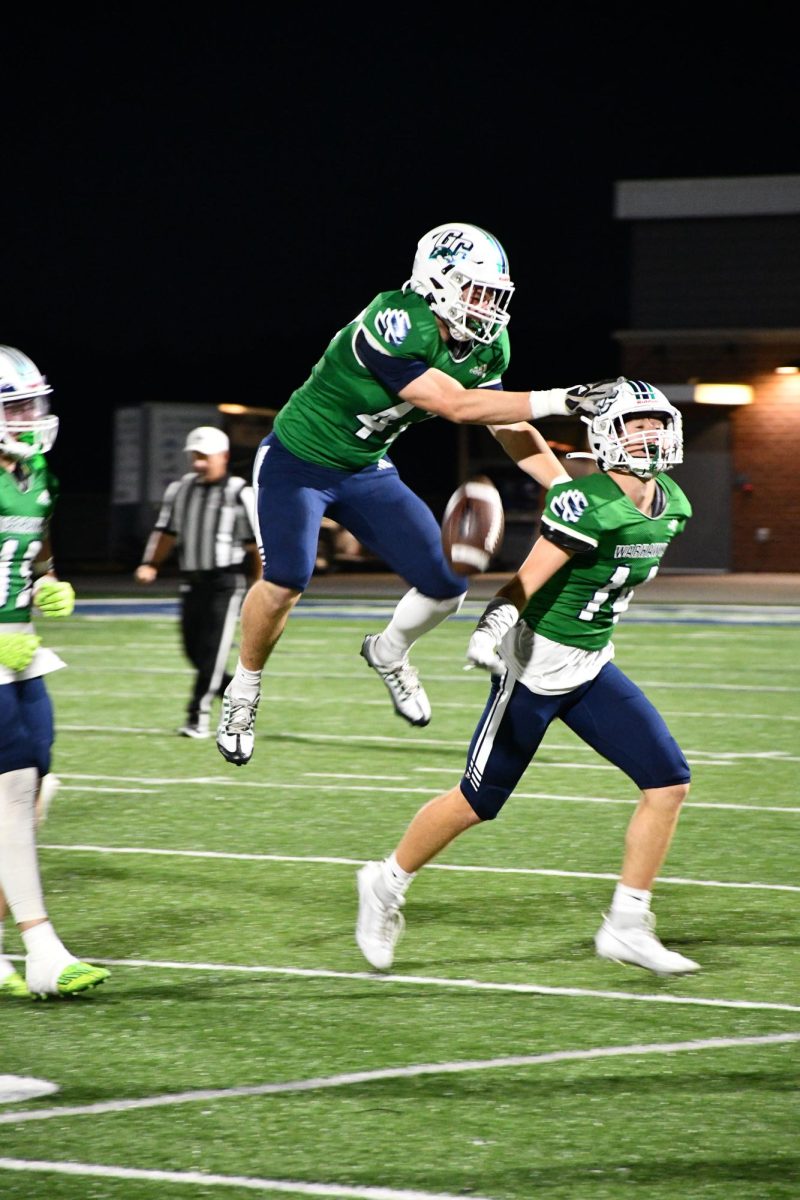
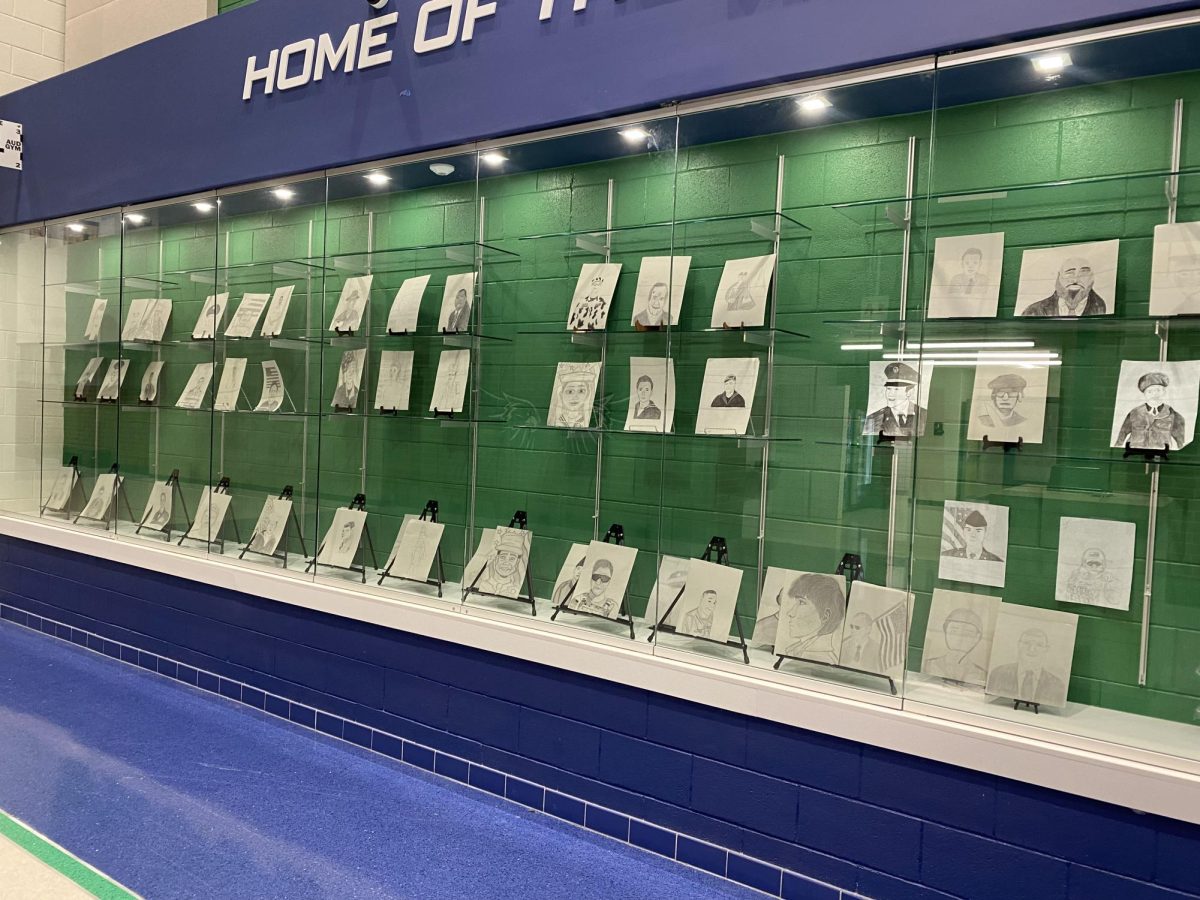

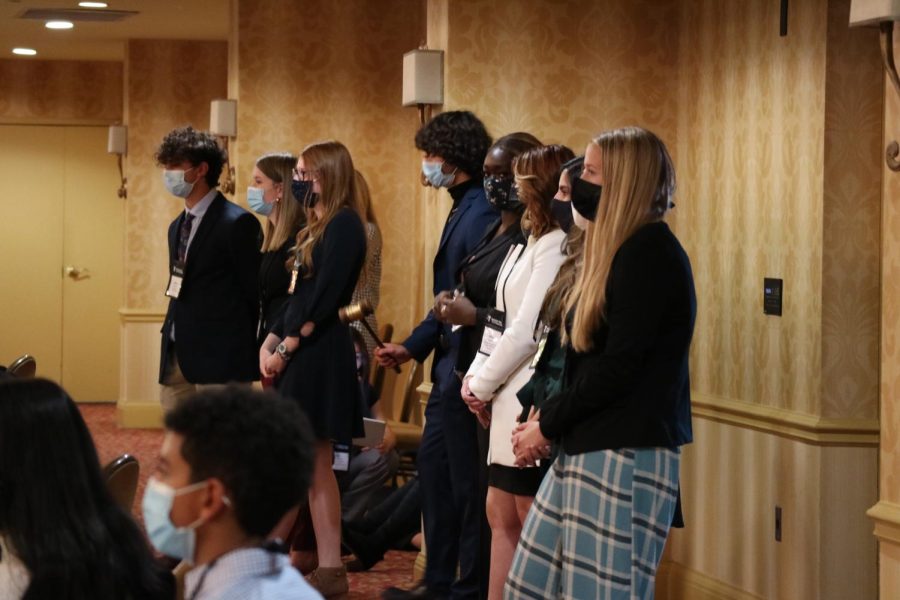

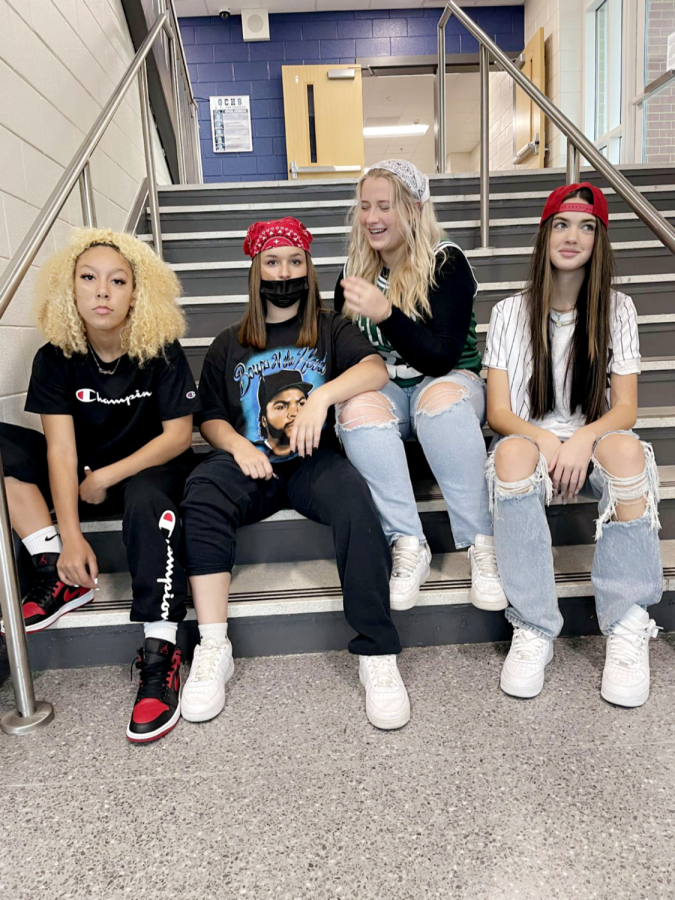


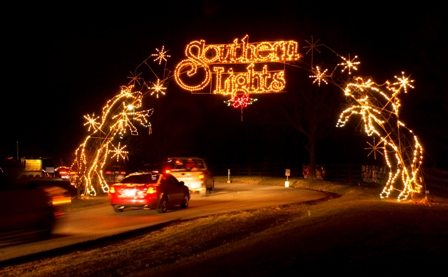




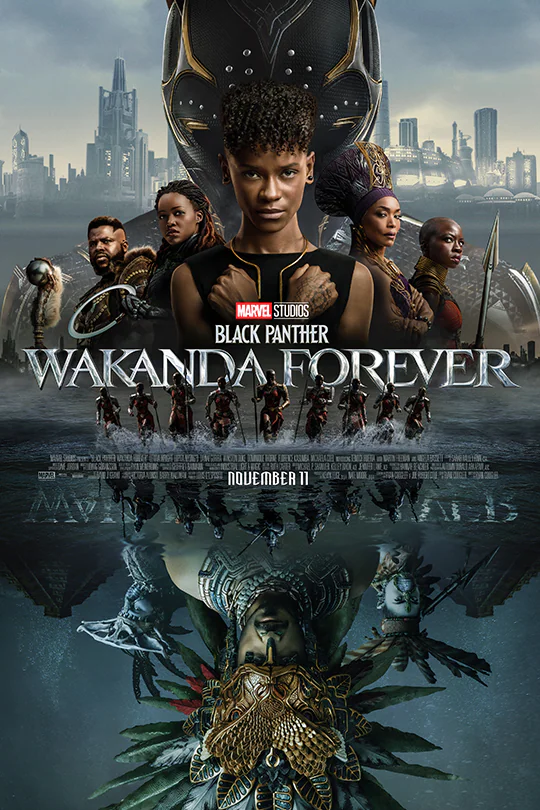
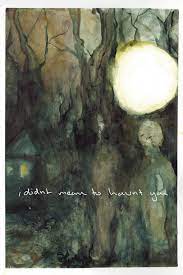
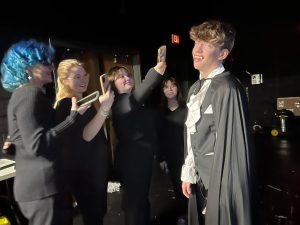
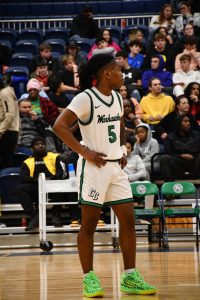




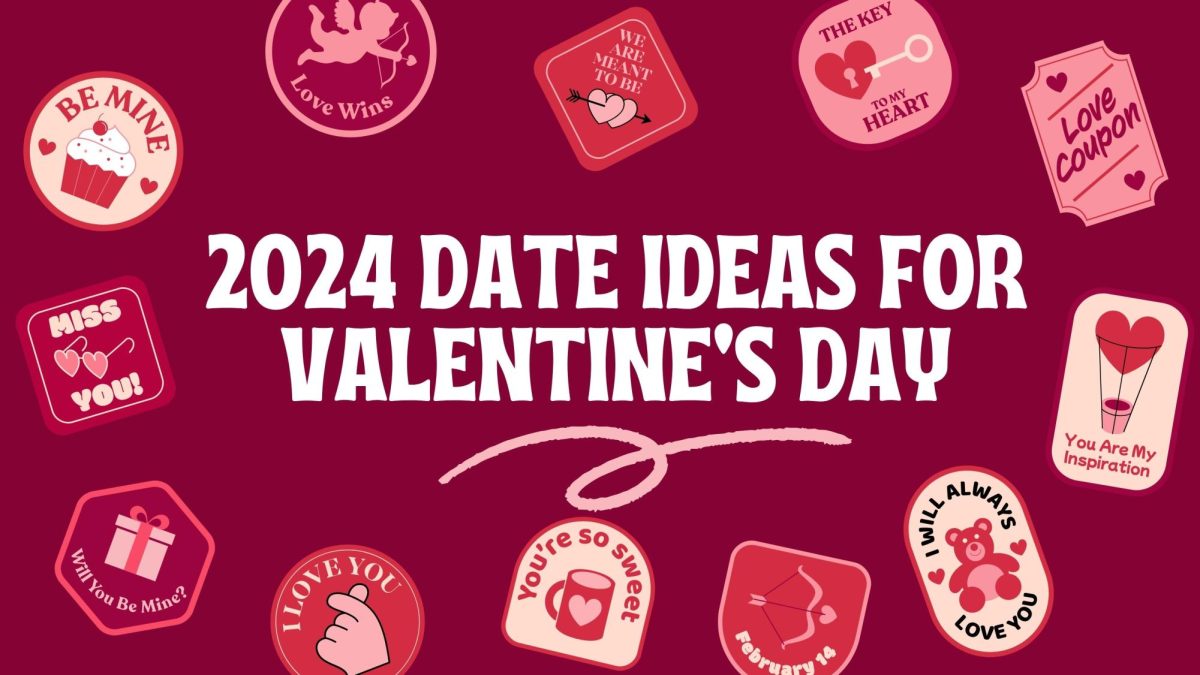
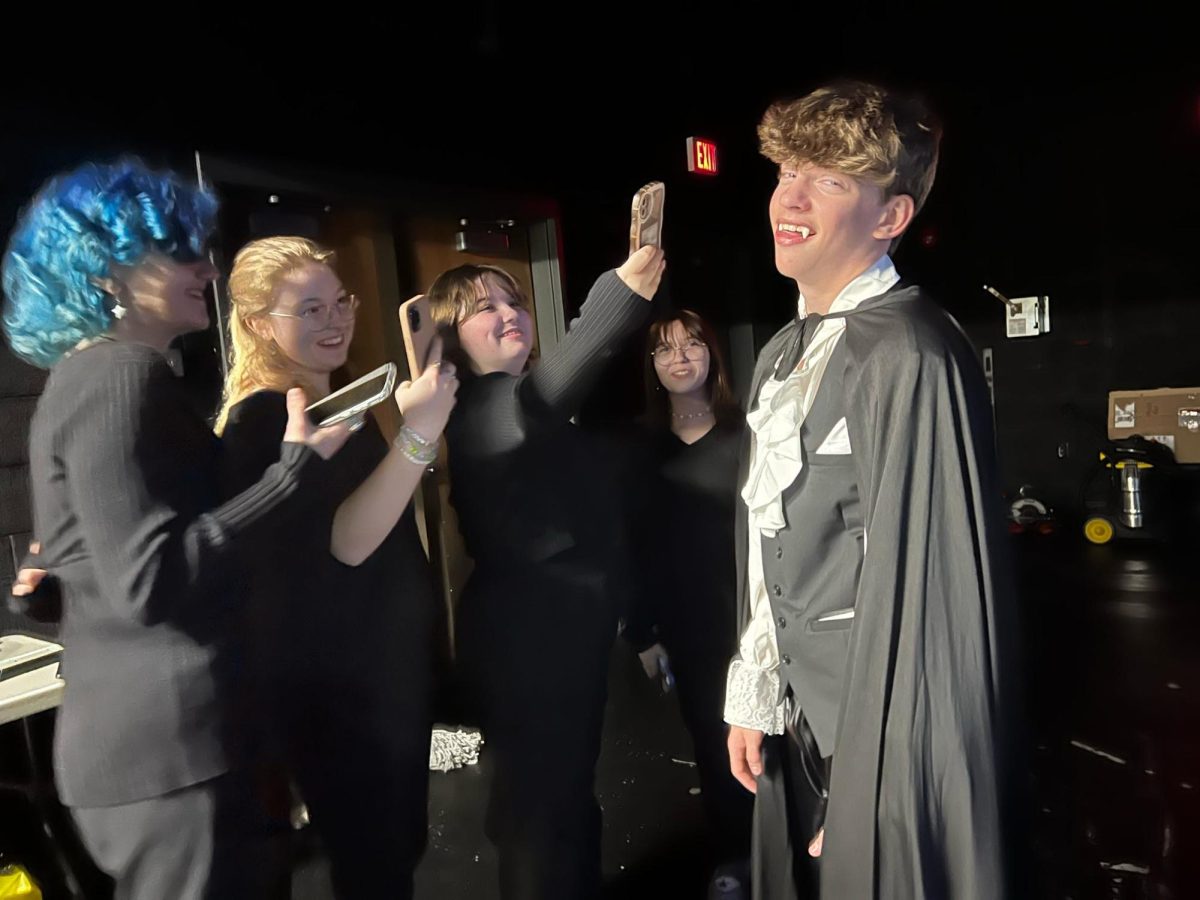

Kristy Johnson • Apr 18, 2024 at 1:10 pm
I love the history here of prom!